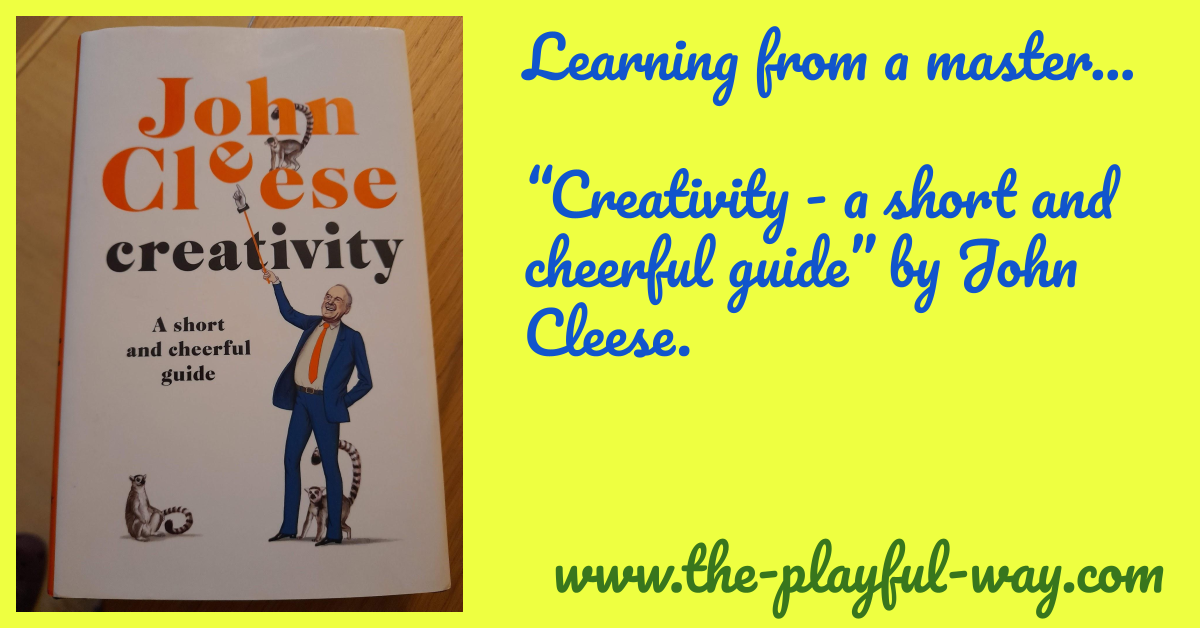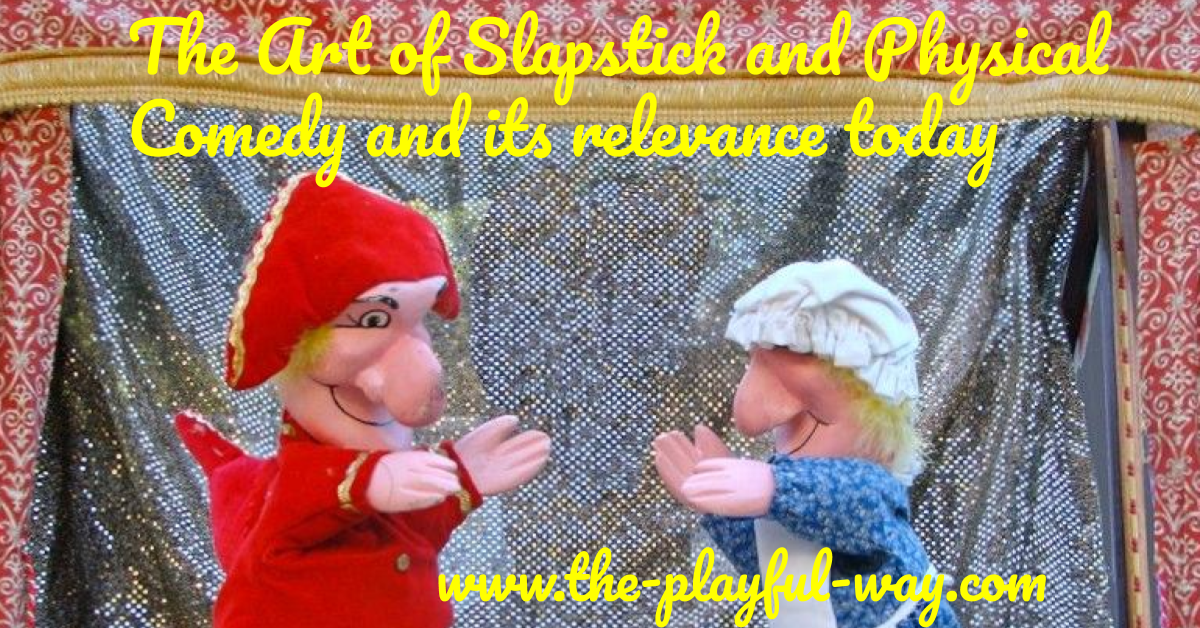
How to be happy
- Count your blessings
- Laugh, and…
- …spend time with people who laugh with you
- Find ways to build your sense of value and self-esteem
Happy Hump Day
A few feel-good thoughts to help us through to the end of the working week (if we need it)
Wednesday has been known as “hump day” since the 1950s, and more commonly since the 1980s. It references the idea that people working the 9-5 might find Wednesday, the middle of the week, as a bit of a hump to get through, and then it’s downhill all the way to the weekend! Of course, in an ideal world we’d all be doing jobs that inspire us and fill us with joy so we’d be getting out of bed each morning glad to get on with the tasks ahead of us at our paid employment!
However, until we reach that point, many of us work through the work and play on the weekends, so that Wednesday hump, however tongue-in-cheek, is something that we recognise.
So let’s make our hump-day happy. Watch out for Happy Hump-Day happiness here on The Playful Way. This might be an inspiring or funny image, a set of jokes, or a funny anecdote or story. Something to bring some playfulness to hump day.




